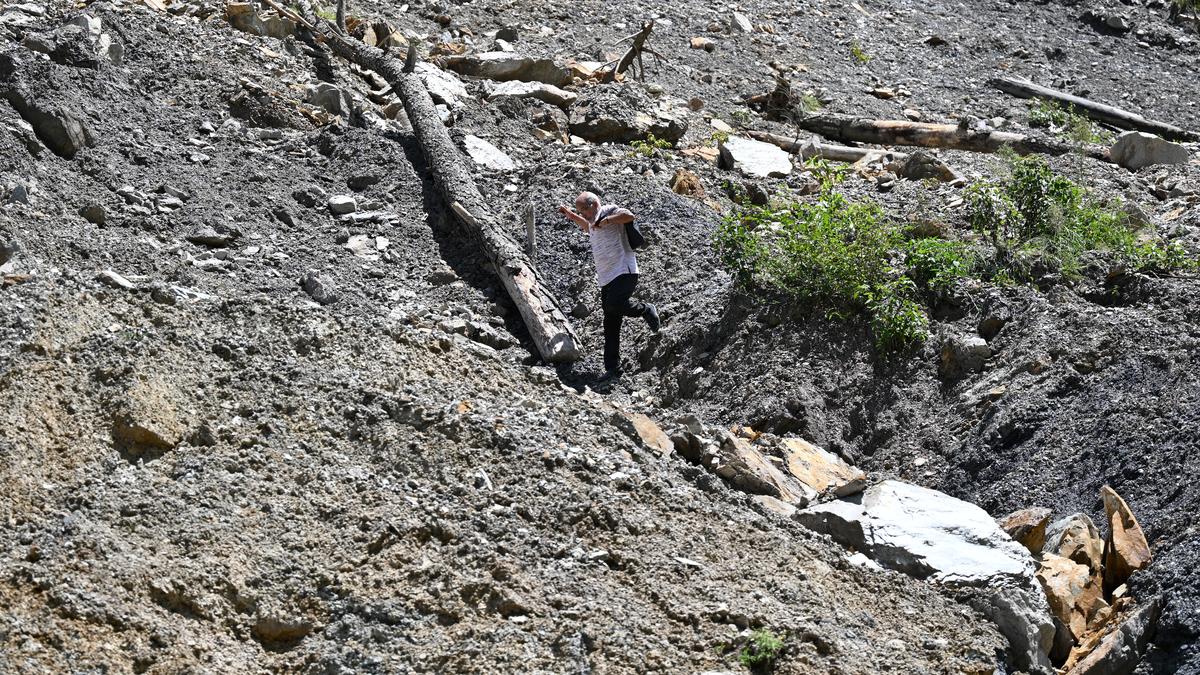Home / Disasters and Accidents / India's Comprehensive Approach to Disaster Risk Reduction Sets New Standards
India's Comprehensive Approach to Disaster Risk Reduction Sets New Standards
6 Oct
Summary
- India allocates $30 billion for disaster risk reduction over 5 years
- Focuses on prevention, mitigation, preparedness, and post-disaster reconstruction
- Develops innovative nature-based solutions to address climate change impacts

As of October 2025, India has taken a comprehensive and innovative approach to disaster risk reduction (DRR), setting new standards for the country and the world. In 2021, the 15th Finance Commission allocated a staggering ₹2.28 lakh crore ($30 billion) over its five-year term to address India's multi-hazard challenges.
This funding has enabled a significant shift in focus, moving beyond just post-disaster relief to include prevention, mitigation, preparedness, capacity building, and post-disaster reconstruction. The Commission has allocated 30% of the funds for the pre-disaster phase, divided between preparedness and capacity building (10%) and mitigation (20%). The remaining 70% is assigned to the post-disaster phase, with 40% for response and 30% for reconstruction.
In the pre-disaster phase, India has modernized its fire safety infrastructure, created specialized volunteer groups, and strengthened the National Institute of Disaster Management to mainstream disaster management education and research. For mitigation, the country has approved over ₹10,000 crore ($1.2 billion) in innovative projects, prioritizing nature-based solutions to address climate change and extreme weather events.
These comprehensive efforts have positioned India as a global leader in disaster risk reduction, as the country continues to develop advanced early warning systems, enhance community resilience, and coordinate closely with international partners to share knowledge and best practices.



